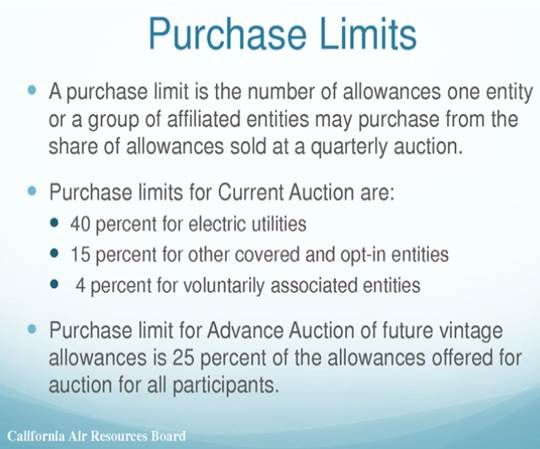California Air Resources Board (CARB) Chair Mary Nichols talked about California’s just-implemented cap-and-trade program at the sixth annual VerdeXchange conference, a California-centric convocation of greentech policymakers, advocates and entrepreneurs.
Aimed at cutting the state’s greenhouse gas emissions, the program puts a hard cap on emitters that ratchets down over time and provides a market mechanism allowing emitters to buy offsets and emission permissions if they need them or sell them if they move to renewables and efficiencies.
“The most famous of the programs we’ve implemented under AB 32, the state’s global climate solutions law, is the cap-and-trade program,” Nichols said. “It was designed with so much public input that people were getting tired of the workshops."
“But we had the benefit of some of the best thinking and technical assistance from economists, technical experts and people who know things about how markets work, which is not exactly the core expertise of state government."

“We now have an auction platform. We held our first auction in November and the next one is in a couple of weeks. We already see a vibrant secondary market at work in California carbon allowances.
“To make this program viable, the companies subject to it are also able to achieve compliance through the purchase of offsets approved under protocols California developed. We’ve recently approved two registries to oversee projects under those protocols, and they have already emerged as the global standard for how to account for and validate carbon allowances.
“The key to this whole program is that we would not bend on accounting standards. California will be the place where a ton of carbon will be measured and people around the world will know that is what a California carbon allowance is.
“California has been and will continue to be a leader, because we rely on the science and we use it.”




